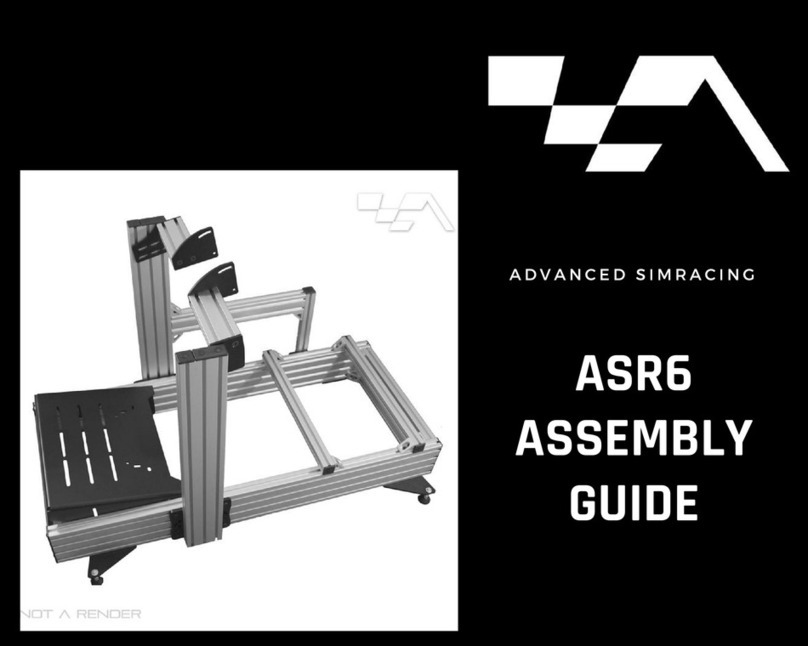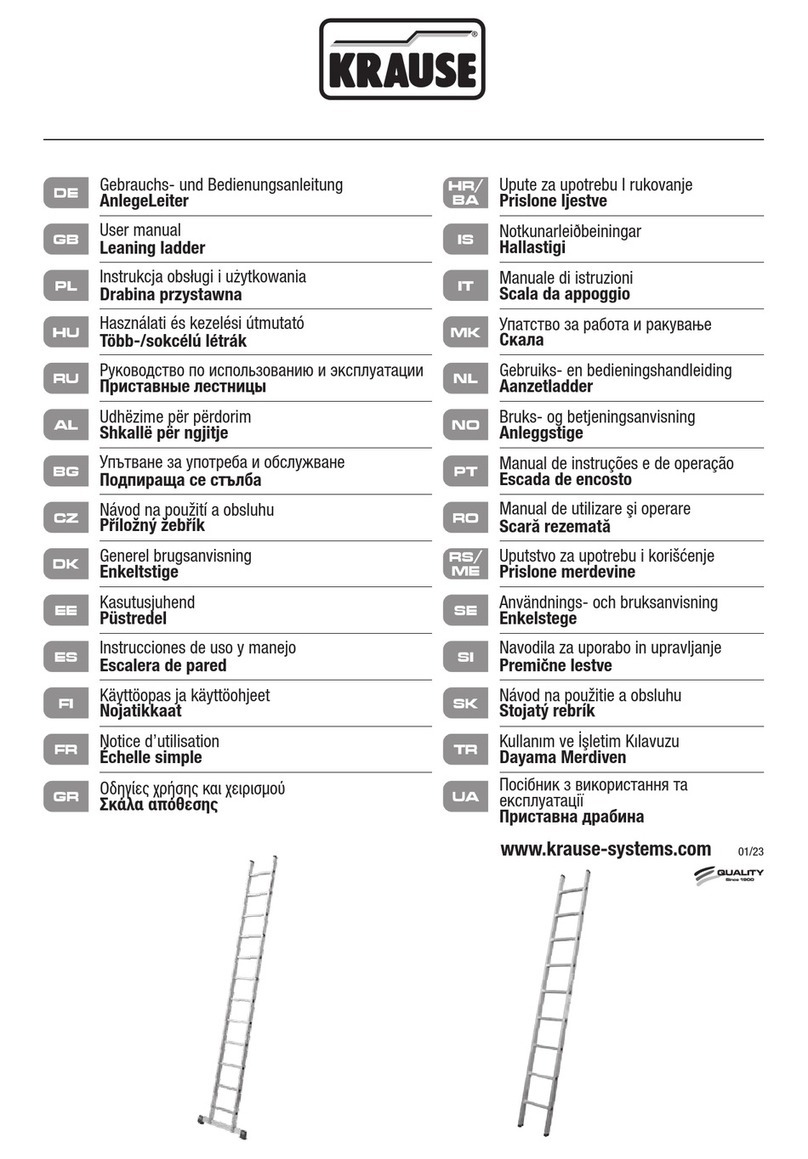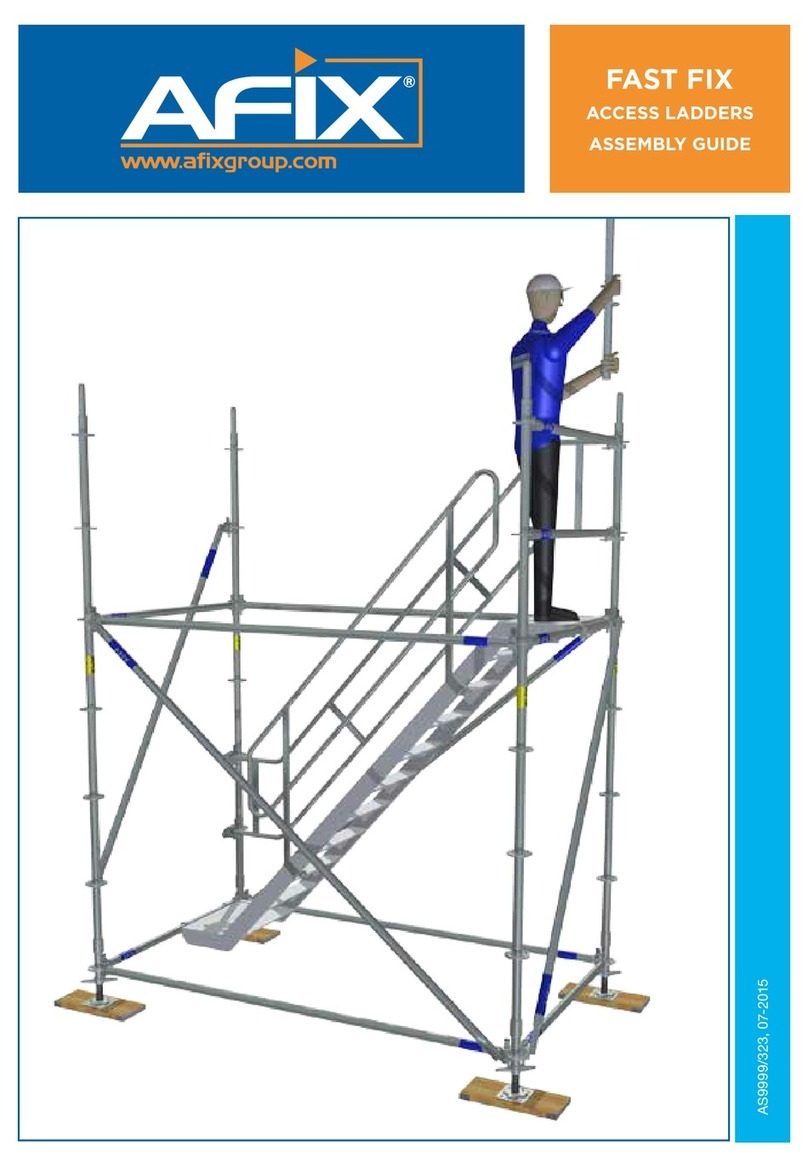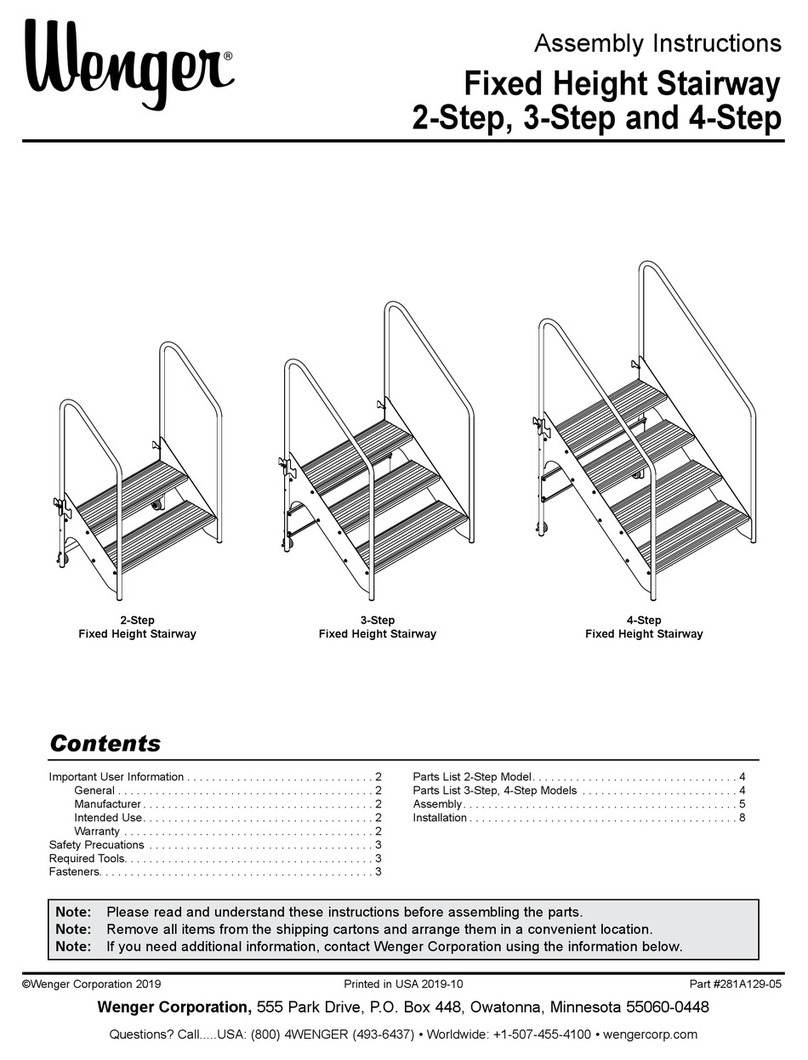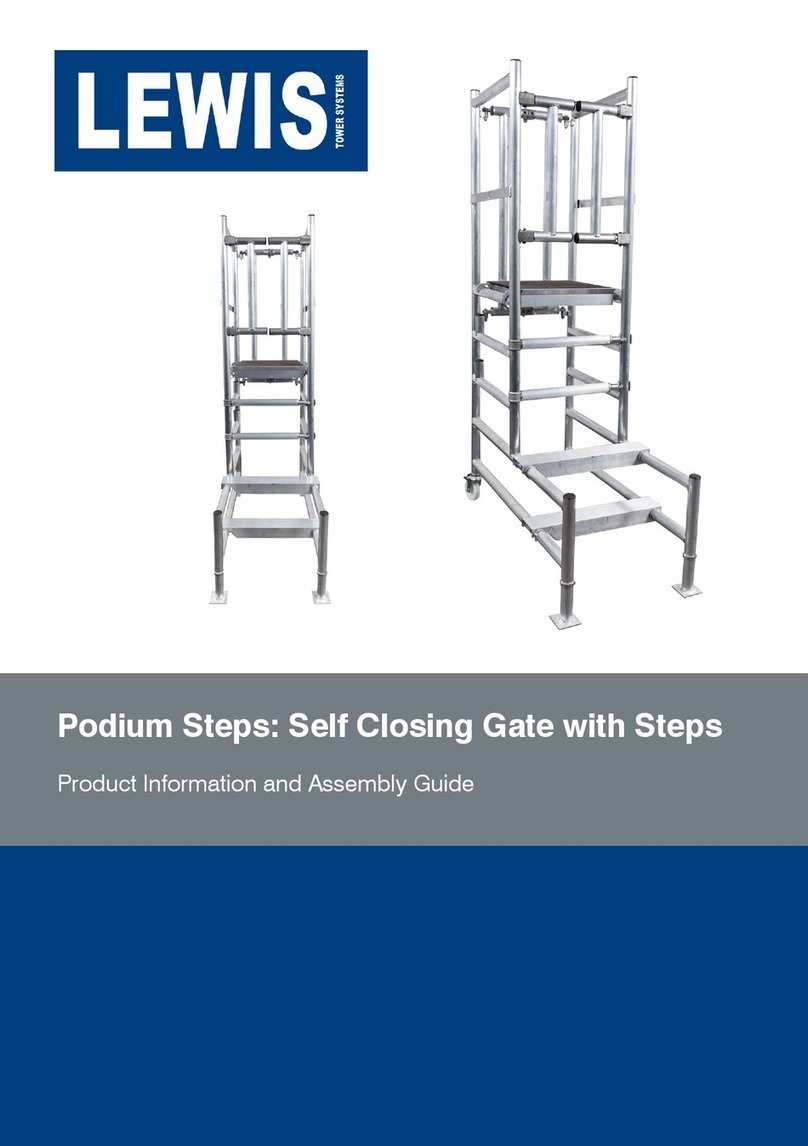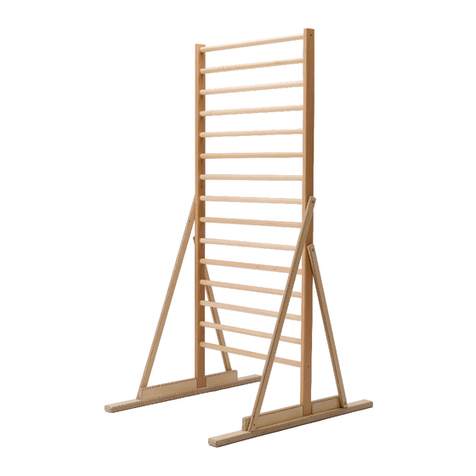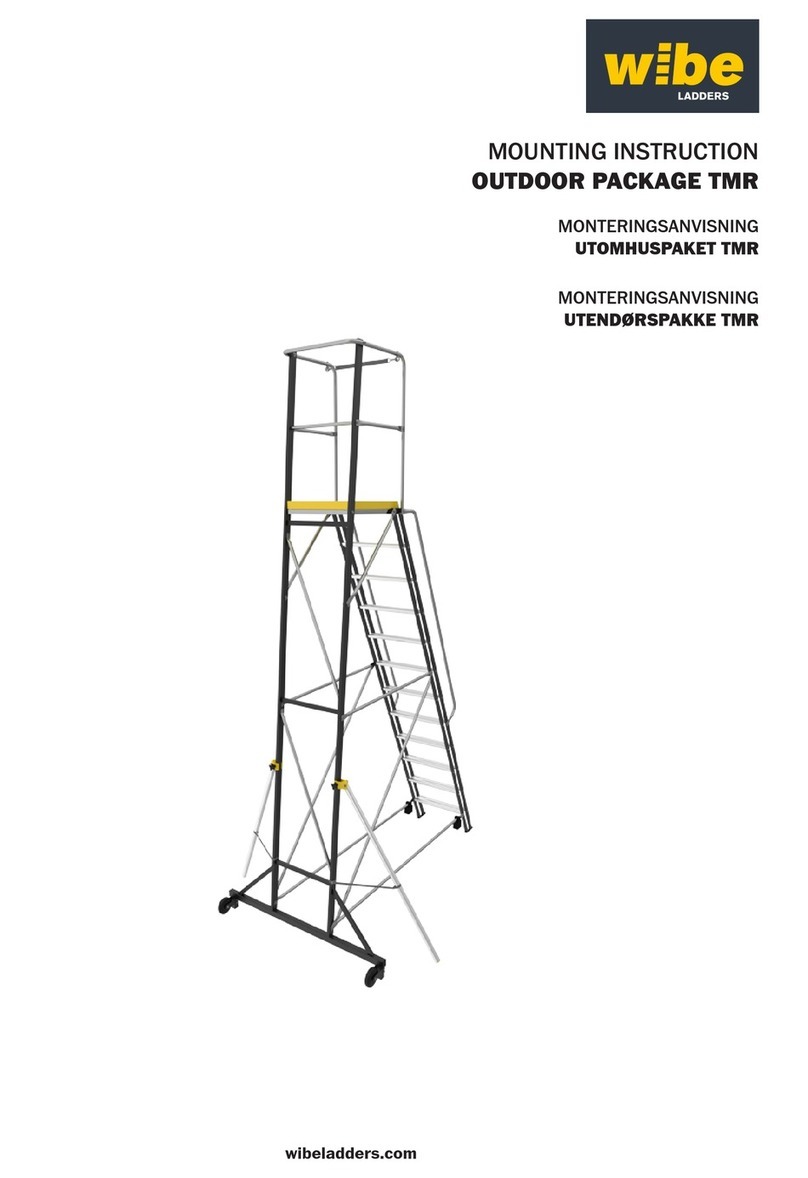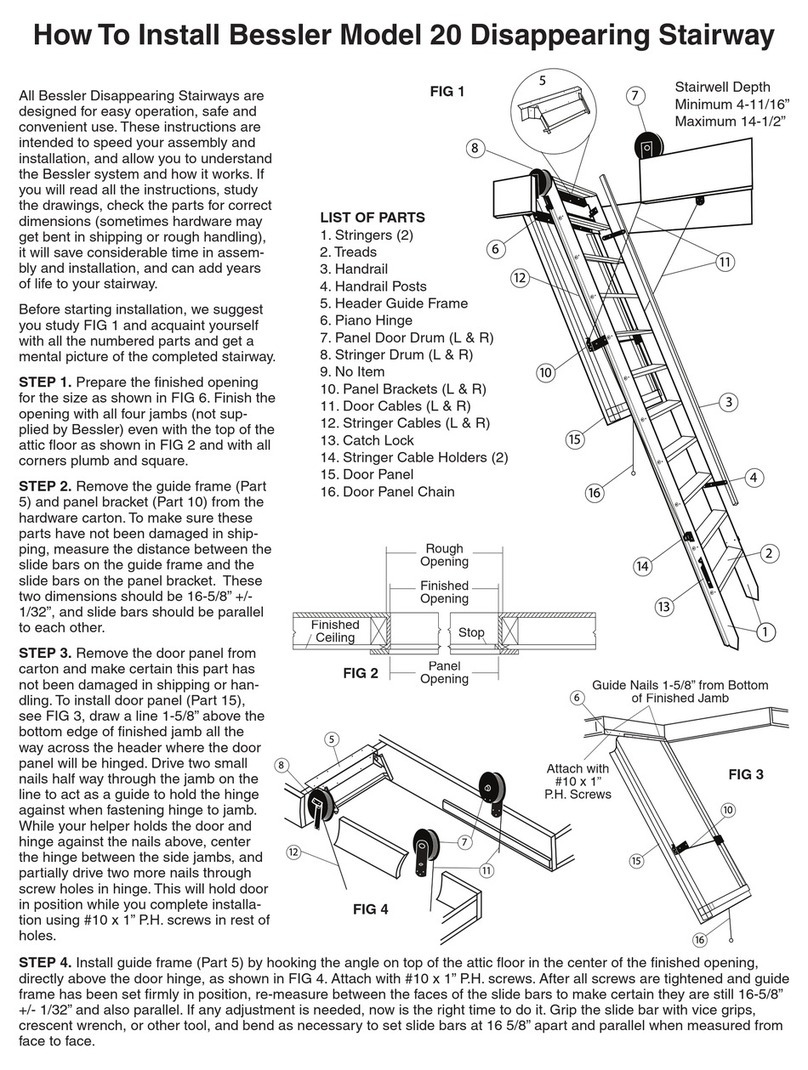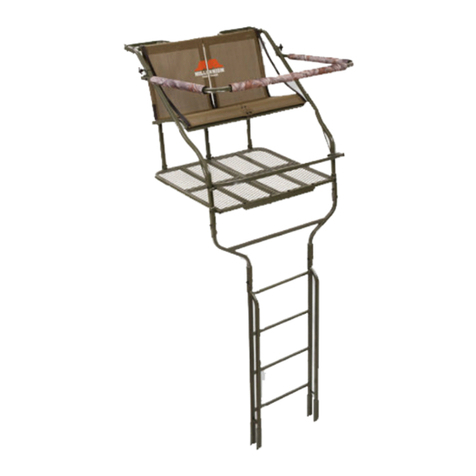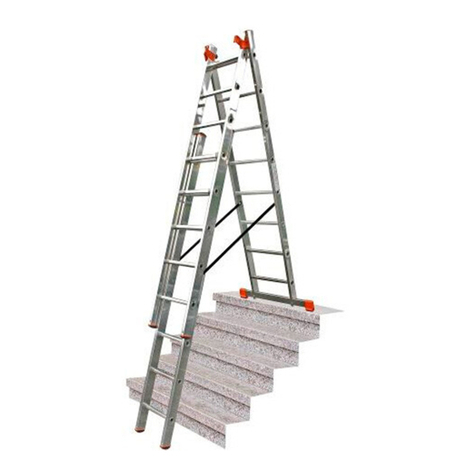
Stairwell Tower Production Information and Assembly Guide
Stairwell Tower Assembly Guide
Product Information
Ensure you read all safety notes before erecting this tower
There is a serious risk of personal injury if you do not follow all instructions laid
down in this guide.
zCarry out all necessary risk assessments prior to the use of this
equipment.
zThis equipment should be used by an able bodied, competent adult
who has read and understood these instructions. Anyone with either
a temporary or permanent disability should seek expert advice before
using it.
zKeep children, animals and bystanders away from the work area.
zCordon off a NO GO area using cones and either barriers or tape.
zNever use this equipment if you are ill, feeling tired, or under the influence
of alcohol or drugs.
zWear sensible, protective clothing and footwear offering good grip, plus
gloves and a hard hat. Tie back long hair and avoid loose garments and
jewellery that could get in your way.
zNever work on the tower if you suffer from vertigo. Never suspend the
tower from another structure.
zAlways climb onto the tower from the upper end, entering through the
gate in the handrail frame. Keep your feet in the middle of the rungs and
grip frame sides firmly with both hands.
zNever carry anything when climbing, unless you can do so leaving both
hands free.
zAlways check the condition of components before use - and at regular intervals thereafter. If any show signs of
damage or excessive wear, do not use them.
Tower Safety
zNever overload the tower. The tower’s maximum working load is 150kg on the platform. Only one person is
allowed on the platform, along with tools and materials.
zNever lean anything against the tower.
zNever use it for jobs that exert repetitive or excessive force. Lateral forces over 198N - equivalent to a 20kg
weight - make it unstable even when fitted with stabilisers or ballast. This section includes a table (a) to indicate
what level of lateral force is exerted by typical jobs. Those jobs likely to exert excessive sideways force should not
be carried out on this tower, whilst those likely to exert moderate sideways force should be carried out with due
care.
zNever use boxes, steps etc to gain extra height. Never reach too far out to one side.
zIf the tower is to be repositioned on a higher step, DO NOT attempt to move it as a complete assembly.
Always dismantle it and rebuild at the new location.
zThis tower is intended only for indoor use, and must not be positioned where it could be subjected to wind
loads. Ensure that the site or stairwell where it is erected does not induce any funnelling or concentrating effect of
the wind, or where opening of doors could introduce sudden wind loads.
zEnsure that you are not contravening any health and safety law (blocking a fire exit for example) before
proceeding to construct the tower on the stairwell.
Table (A)
Lateral Forces
Typical jobs or tools likely to exert:
Moderate sideways force include:
Driving in Screws, Drilling, Hammering Nails, Chiselling
Low sideways force include:
Paintbrush, Paint Roller, Wallpapering
Excessive sideways force include:
Pneumatic Hand Tools, Demolition Work,
Sledgehammer

